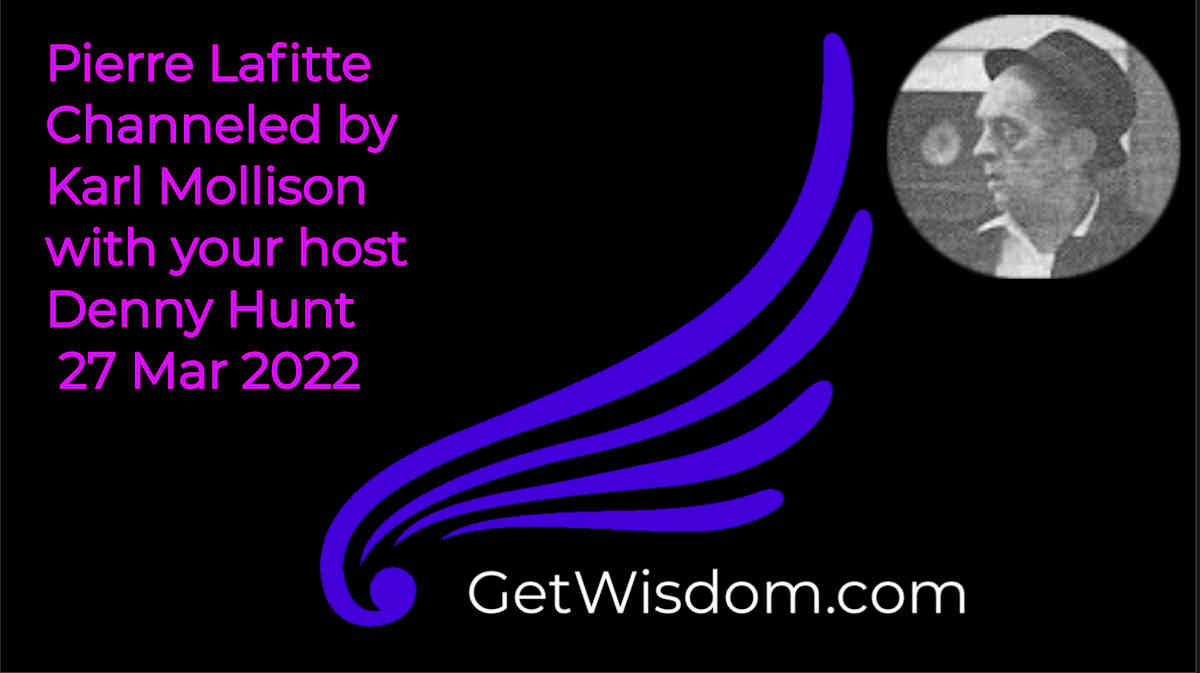
This Video Requires a FREE Participant Membership or Higher
Viewer Questions for Creator Channeled by Karl Mollison 22May2022
- What exactly are the “Face on Mars” and the apparent pyramids nearby in the Cydonia region of Mars? Is the “face” truly a megalithic sculpture of a humanoid face, or just a trick of light and shadow as seen from space? If they are real, what is their story; who built them, and why?
- Thoth and the Emerald Tablets Message Body: Who was Thoth and what do the Emerald Tablets represent? Was Toth an Anunnaki, a human or a hybrid?What is the truth of Toth’s existence, and what was the purpose of Emerald Tablets & Thoth’s teachings?
- If one third of people don’t go into the light upon their deaths, how do some do so years later if a human has not done a Spirit Rescue for them?
- Are there scientists today that are seeking to find a solution on how to utilize the Quantum Field or Zero Point Energy as a power source and, at the same time, are turning to Creator for help to accomplish this?
- What are or were the values of such traditions and religions such as Paganism, Shamanism, and Druidry along with the other indigenous religions that were wiped out by the more modern state sponsored mainstream religions?In what way did these serve the Light and in which ways did they serve the ET interlopers?
- What are the plausible changes that humans would notice if the ETs were to leave? What would be noticed with respect to weather changes?Are there any other changes that would need some type of explanation given humans seem to think hurricanes and other severe weather and seismic disasters are part of the natural world?
- Is Graphene toxic? Is it now being used in chemtrails above the USA and other countries? What purpose does it serve? Does the Lightworker Healing Protocol cover this in terms of its harmful influence on humans and other living things?
- What can you tell us about the Georgia Guidestones?What is the purpose of this monument and what is your perspective on its message, warnings and origins?
- The typical human perspective towards reptiles, in general, is that they seem to be the antithesis of what we would consider as ‘love-based beings’ yet they were created by the same Creator that created the corrupted, but ‘love based’ humans who still seem to have vestiges of this loving nature. Can you explain these differences and how a Reptile could be reconsidered, especially in its healed state?
- If karma is an adjunct to the learning process, and Creator itself is, it seems, also leaning from the creation process, is it also subject to the Laws of Karma, and if not, why not? How is the Divine Realm itself subjected to the laws of karma as it relates to the created universe?








